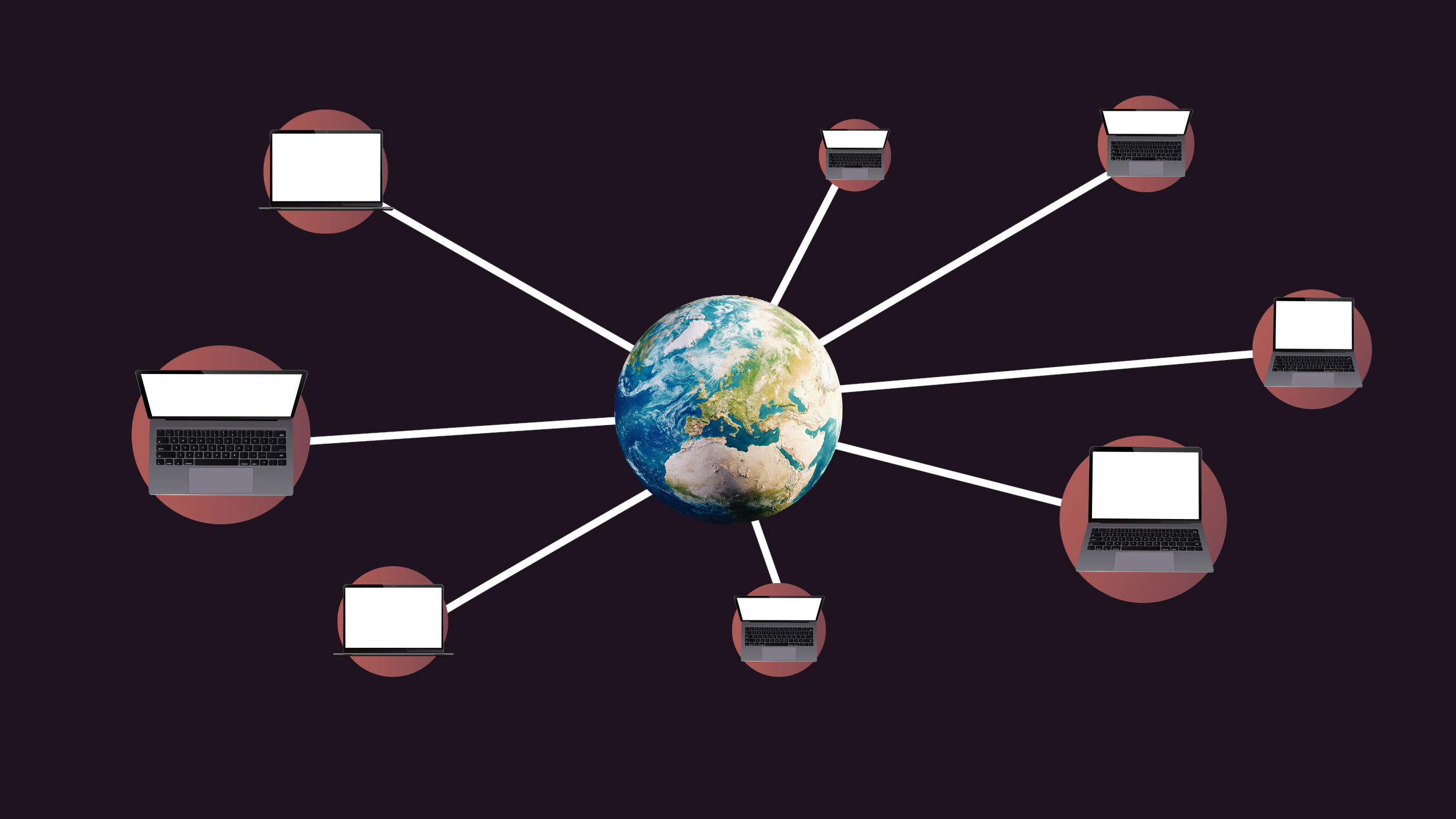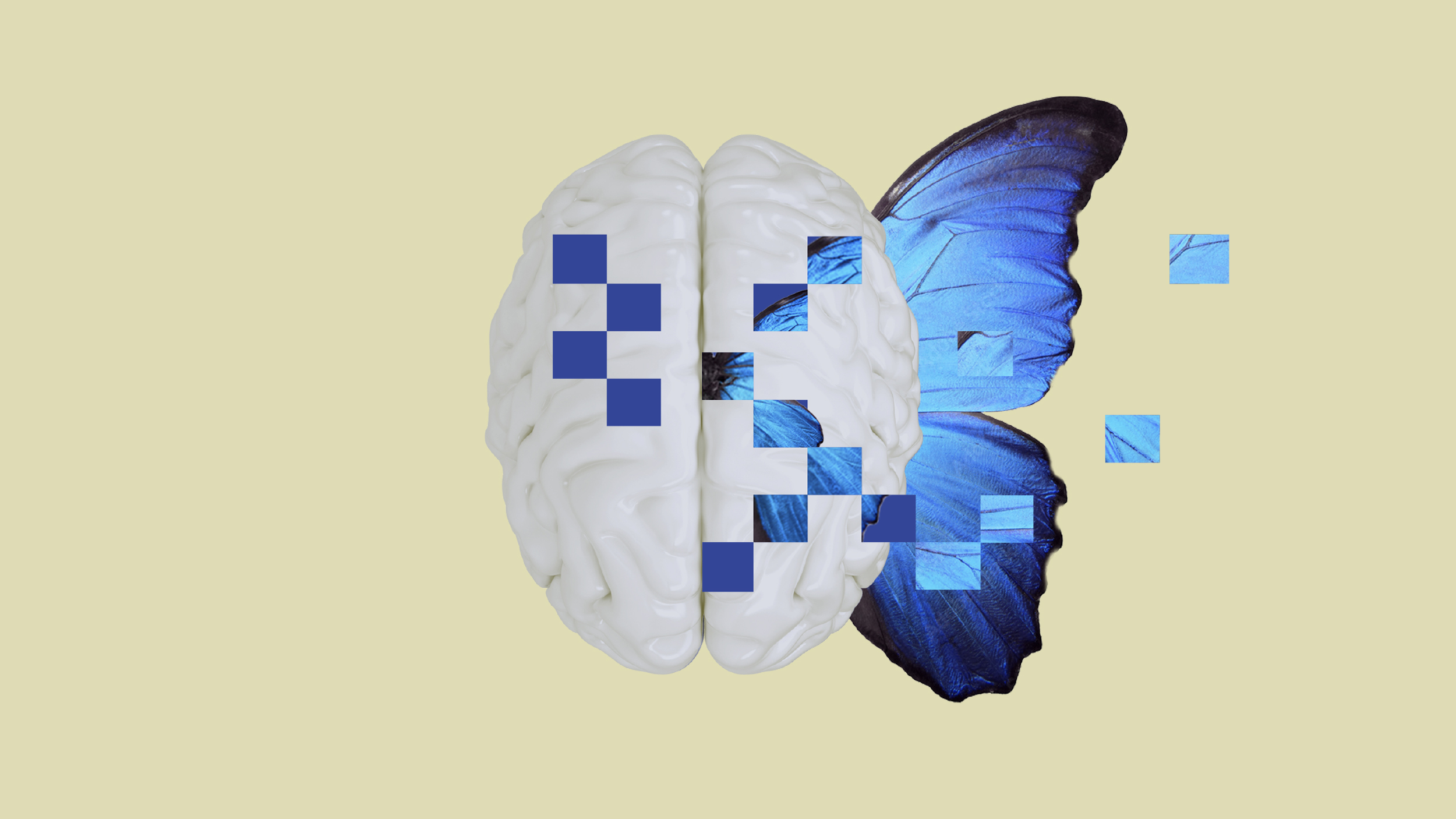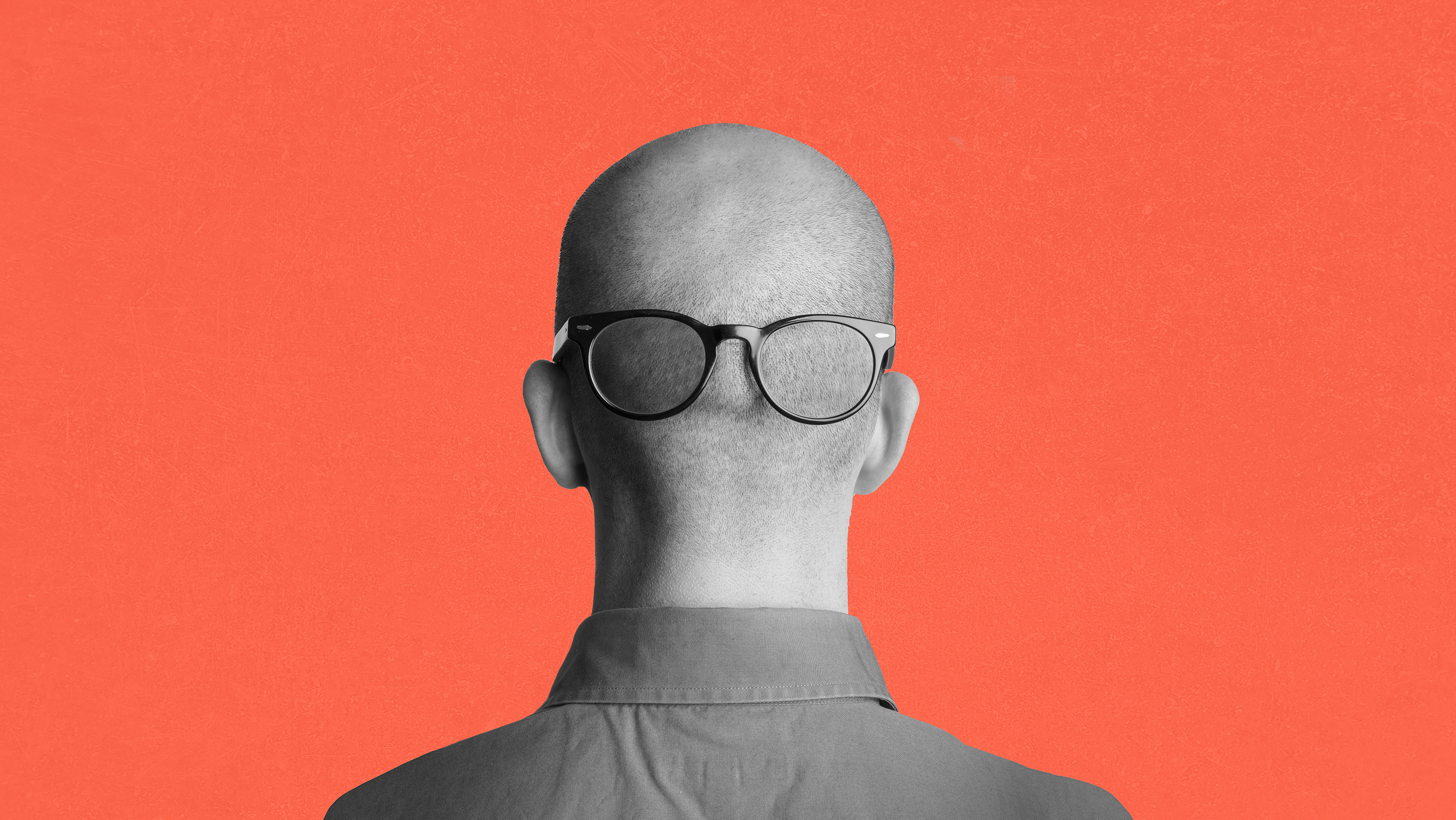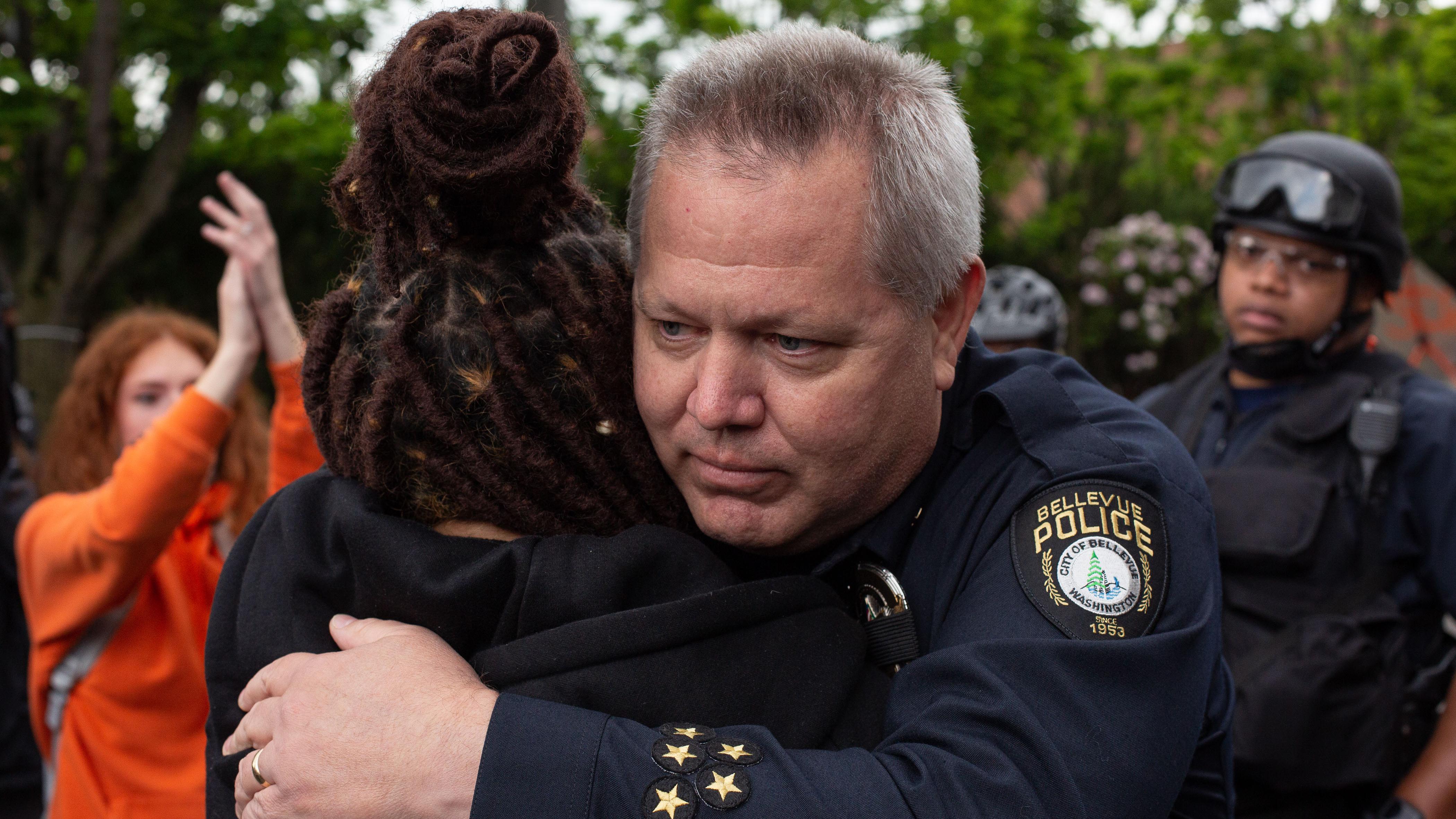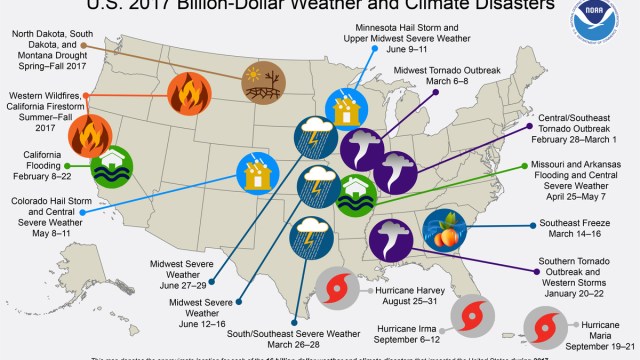Will Starbucks’ racial sensitivity training work?
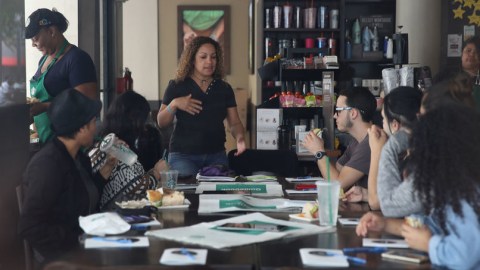
Last week every Starbucks shut down four hours early to conduct “worker anti-bias training.” During this time employees watched videos on iPads that included civil rights marches, Howard Schultz pontificating on inclusion, and Common. A total of 175,000 employees watched the Chicago rapper discuss the necessity of unity and dangers of profiling.
Social media is an unforgiving court of public opinion. After video of two black men being harassed in a Philadelphia store for, well, being black went viral, Starbucks CEO Kevin Johnson jumped in to tamp down the fire. Silence not being an option, the company could also not take the side of the police, which would have only gotten them into hotter water. As a response, the racial sensitivity training was born.
But how did employees feel about this? Last year Starbucks already entered this space with a short-lived ‘Race Together‘ initiative. Forcing employees to bring up the topic of race to customers did not fly from any angle. The move was roundly criticized by the public and employees, who felt that talking about racism was not part of their original job description.
Hoping to regain traction, this latest project was an attempt to get back into social media’s, and the public’s, good graces. Initial feedback shows the opposite: workplace reputation at Starbucks hit a 10-year low immediately following the training.
This is not to completely disparage the company. It’s committed to hiring 10,000 refugees by 2022. It’s expanding hiring of veterans. The company was an early adopter of health care for all full-time and part-time employees. It tries to do good.
Yet sometimes it fails. Humans are designed to notice outliers in the environment, more so than positive signs. Healthcare and college expenses are one thing; rich white men forcing discussion of race, another entirely. The public might be skeptical, though some employees are hoping that such trainings move the dial in a positive direction.
Jaime Prater, a biracial, gay shift manager at a Los Angeles location of Starbucks, praised the company for spending millions of dollars (and losing millions in revenue) to discuss this topic. Yet he also expressed reasons for concern:
The lowest-paid workers are tasked with giving the best face of the company, when no loyalty, no guaranteed hours are given to them. Even though it’s a really great first step, it’s a big ask for a taxed workforce: to tell people doing five things at once, at the lowest end of the totem pole, to also be extra racially sensitive. It almost seems unfair to me.
Some experts are also skeptical that diversity training makes a difference. Mike Noon, of the School of Business and Management at Queen Mary University of London, argues that such trainings are pointless in a 2017 paper. He argues that knowing bias exists does not lead to changes in behavior. Catch-all seminars do not address the biological and societal forces that inform our biases. Even if an individual is motivated to change explicit behavior, the effects are likely to be limited, while never really addressing implicit attitudes.
Noon concludes that such trainings are not necessarily useless—he applauds attempts at reducing bias. Yet the diversity training platform is problematic, as it does not address the scope of racism, but rather packages it in quickly digestible—say, four-hour—training. He continues:
What is the point of UBT [unconscious bias training] if the measurement technique shows everyone is biased, there is no proven link between knowing about bias and changing behaviour, only one sub-group (aversive racists) are likely to self-reflect enough to perhaps change their behaviour, and the type of change will likely have least impact on the most pernicious everyday racism in the workplace?
Noon’s main concern is that such trainings are quick-fix solutions that don’t address the depth and complexity of the issue. He argues that ongoing, continually evolving conversations involving a wide range of employees are necessary. But as Prater notes above, the people at Starbucks who are on the front line with customers are the least incentivized to invest in a company that is not particularly invested in them. Who has the time and energy to confront subconscious demons when you’re the lowest on the corporate totem pole?
Recognizing bias, Noon concludes, is not enough. Yet addressing the deeply embedded structural bias in society and corporations will not happen in the course of one seminar. Is it better to ignore the bias altogether or implement what is likely to be a failed initiative? The question, in one form or another, has plagued us forever. No tweet or viral video is going to change that.
—
Stay in touch with Derek on Facebook and Twitter.
